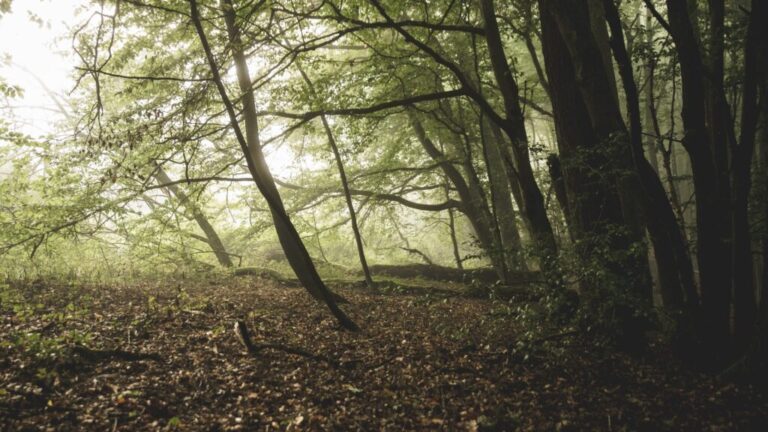Why is Winnie-the-Pooh called Winnie-the-Pooh? Before answering that question, I want to share two practical recommendations for things to do this autumn.
The first is that you should go and see Goodbye Christopher Robin. This heartbreaking new film, which will leave you resolving to spend more time with your children, tells the true story of how the author A.A. Milne occasionally wrenched himself away from his writing desk to play with his son, Christopher Robin. Yet it was from their games that Milne’s greatest literary creation arose — all those wonderful stories about a “bear of very little brain” and his adventures with his friends Piglet, Eeyore and the rest.
My second recommendation is to take a day trip to the Ashdown Forest in East Sussex. This is where Milne lived in the 1920s while writing the Pooh books, and where much of the movie was shot. The aquiline-faced author and his cherubic son would wander the heathland paths and through the sun-dappled woods of oak and pine, and play games with the boy’s soft toys: the very ones that would later appear in the books.
The forest is just over an hour’s drive from London. Leave your car at Gills Lap Car Park and amble down the gently sloping path until you spot a plaque dedicated to Milne and the illustrator, Ernest Shepard. It’s thanks to Shepard, who sketched from life, that the scenery seems so strangely familiar to anyone brought up on Pooh. Even the pine trees look the same as they do in the books.
Carry on down to Five Hundred Acre Wood (whose name Milne changed to Hundred Acre Wood). Among the shadows, you’ll spy little tents of branches, where Pooh fans have rebuilt the home of the gloomy donkey, Eeyore. If you go with your own children, be sure to take a ball of string for tying branches together.
Another tip: as you continue on your stroll, fill your pockets with twigs. Your destination is Pooh Bridge, where Christopher Robin and his bear invented the game Pooh Sticks. The rules are simple. Each player drops a twig on the upriver side of the bridge, then peers down over the downriver side to see whose twig emerges first. Trouble is, it’s such a popular pastime, all the trees nearby have had their twigs torn off. That’s why you need to collect yours in advance.
For lunch, seek out the Anchor Inn in the nearby village of Hartfield. There’s also a little shop devoted to all things Pooh-y. And on that note, I promised I would reveal the origin of that famous name.
It turns out “Winnie” was the moniker of an enormous Canadian bear that lived in London Zoo in the 1920s. And “Pooh”? In those days, the word was a common exclamation of dismay or dismissal. Milne and his son first gave the name to a local swan. The idea was they would call out “Pooh!” and if the swan didn’t react, they could hide their embarrassment by pretending they had been exclaiming “Pooh!” about something quite different. When christening the “bear of very little brain”, Milne took back the name from the swan and transferred it. Strange but true.

